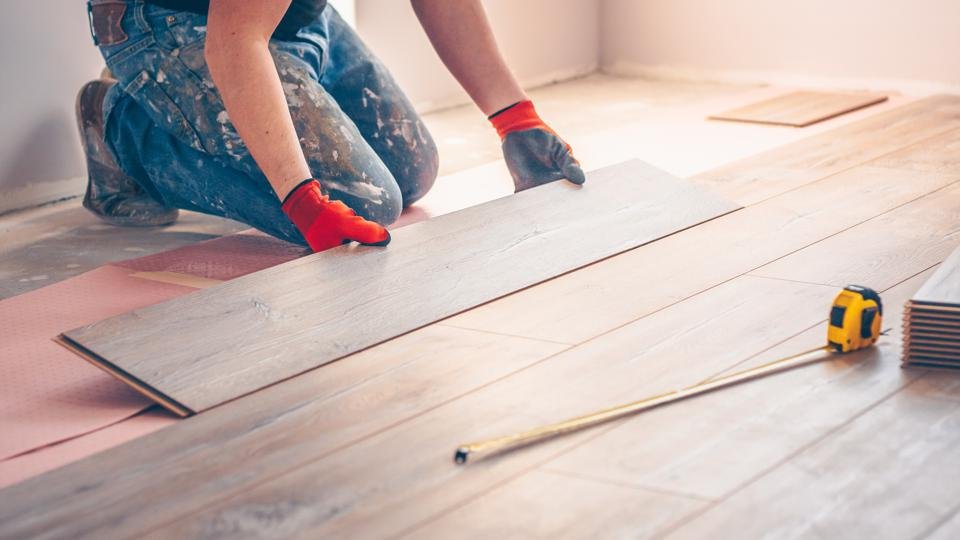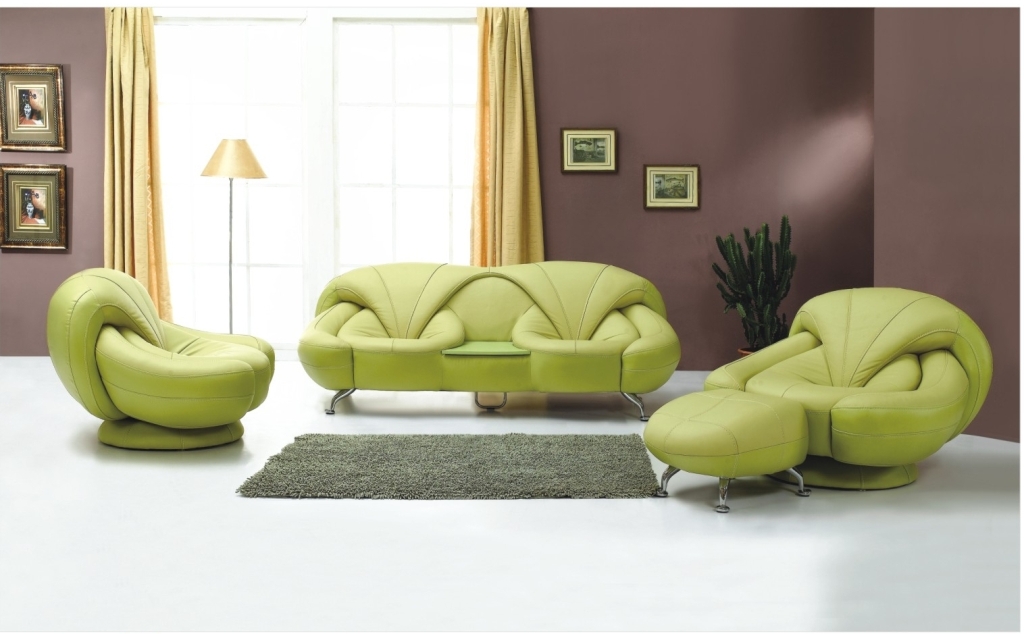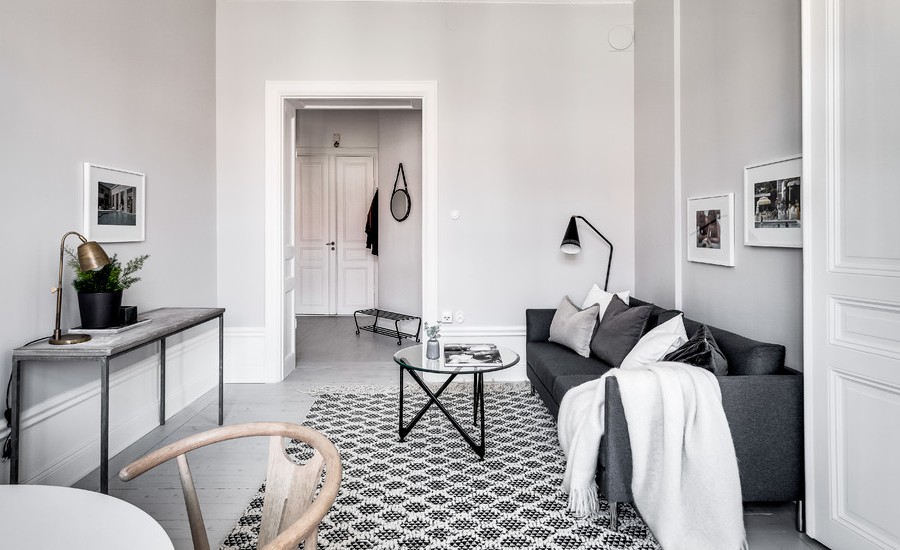Getting the flooring right in any room of your house can be difficult. After all, there are so many options to choose from. While carpets and tiles remain popular options, hardwood floors are consistently the most popular choice.
This isn’t that surprising considering hardwood flooring has been in existence since the 1600s and it is very easy to maintain as well as long-lasting.
If you’re considering changing the floor in your home then you need this guide to hardwood flooring.
Factors to Consider When Choosing Hardwood Flooring
Hardwood flooring is made from woods that are hard, hence the name. These are better at withstanding moisture, heat, and the various other contaminants that are part of everyday life. The most common choices for hardwood flooring is oak, maple, and cherry. However, hardwood flooring can be made from almost any hardwood.
- Colour Choices
Because there are a variety of wood choices you’ll also find a wide array of colour options. Many of the options available are natural. However, it is also possible to get hardwood flooring that has been dyed to achieve a specific colour or pattern.
That means you can choose the colour that best matches your décor plans.
- Solid or Engineered?
There are actually two types of hardwood flooring. The first is traditional or solid hardwood. This is when the flooring is simply made up of pieces of wood. It’s usually ¾” thick and you’ll find a variety of widths are available, ensuring you can get the most efficient or aesthetically pleasing look for your home.
The alternative is engineered hardwood flooring. The main difference is that only the top part of this is hardwood. Below the top layer, you’ll find several layers of softwood. Engineered wood is cheaper and can be just as durable. However, it can’t be sanded and protected multiple times like solid hardwood.
In short, if you experience a lot of spills and stains, you can send them out of solid hardwood floors, you can only do this once or twice with an engineered hardwood.
- Foot Traffic
Hardwood flooring can be finished in a variety of ways. You’ll need to think about which finish is most appropriate for your home.
For example, if you have children then it’s a good idea to get distressed wood or even a wire-brushed finish. These types of hardwood flooring are better at hiding scratches and other damages than children tend to do with their shoes.

The level and type of foot traffic do make a difference.
- Budget
As mentioned, solid hardwood flooring is more expensive than engineered. Naturally, hardwood flooring tends to be more expensive than other options. However, it is a good investment, you simply need to consider what your budget can afford. Sometimes it is worth pushing its limits.
It can be difficult to stretch your budget but in this case, it is worthwhile.
- Sustainability
If you’re committing to hardwood flooring you’re going to need to take a minute to consider sustainability. More people than ever before are concerned about the damage being done to the environment. This is why sustainability has become so important. Sustainable hardwood flooring means it has been made from reclaimed wood or that new trees have been planted to replace the wood taken.
The hardwood flooring should state whether it is sustainably produced or not, helping you to make the right decision.
Laying Hardwood Flooring
If you’ve decided hardwood flooring is for you then you’re going to need to decide whether to lay it yourself or get the professionals in. While the professionals are likely to be more convenient and faster, they are also the more expensive option.
It is possible to lay hardwood flooring yourself.
- Know Your Moisture Level
Hardwood flooring will absorb moisture and gradually expand. In short, too much moisture in a room will mean buckled and warped flooring. That’s a waste of your money.
Before you start laying hardwood flooring you need a moisture meter. You can check the floor and test the air. If you’re placing hardwood on a timber subbase the timber must have a moisture content of 12% or lower. The same is true for concrete floors.
If the floors are higher than this then you’re going to need to lower the moisture level one way or another.
- Level Your Floor
The next step is to check your floor is level. You can use a pencil and a spirit level for this. Start at one end and put the longest piece of wood you can find against the wall and flat on the floor. Look at the spirit level and raise the wood until the level shows the floor is level.
One end of the wood will still be on the floor, the other needs to have a pencil mark on the wall. This will allow you to see if the floor slopes or is uneven.
If it is, you’ll need to use a self-levelling compound to correct the issue. You need the floor to be level before you can put your hardwood flooring into position.
- Acclimatisation
To minimize the likelihood of hardwood boards warping you need to place every pack of hardwood flooring into the room and leave them there for seven days to acclimatise. You can stack the packs three high and you must leave a 4cm gap between piles to allow air to circulate.
This will ensure the new floor expands or contracts as needed, ready to be fitted.

- Laying Boards
The exact procedure depends on what your subfloor is. Hardwood flooring usually has a tongue and groove connection. This helps them to interlock properly.
If you have a concrete floor then apply adhesive to the floor and place the planks in position, gently interlocking them as you go. You should only put enough adhesive down for a couple of boards at a time.
If you have a wooden subfloor then the boards are simply nailed into position. It’s best to use a dedicated machine as it will effortlessly put the nails into the wood and keep them invisible, giving your floor a perfect finish.
In both cases, you will need an expansion gap around the edge of the flooring. This is usually hidden by the skirting board.
Final Thought
Hardwood flooring is an excellent choice. Once you’ve considered your options, chosen the right flooring, and fitted it you’ll be able to appreciate how good it looks. Just remember to open several packs and pick the planks from different planks as you lay, this will ensure an authentic colour balance for this finished floor.


















